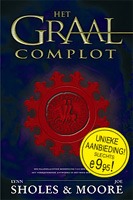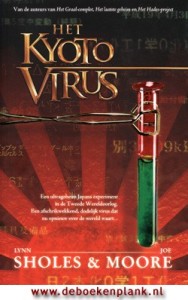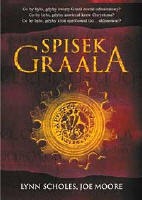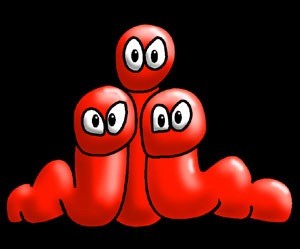By Joe Moore
Next week I head to NYC for ThrillerFest — what many consider summer camp for thriller writers. ThrillerFest is really 3 events bundled into one general heading: CraftFest, AgentFest and ThrillerFest. This year, in  addition to the 27 bestselling CraftFest instructors including Doug Preston, Michael Palmer, David Morrell, and our own TKZ blogmate John Gilstrap, the great Ken Follett will be teaching a course called “How Thrillers Work”. Taking a class from a guy who has 130 million copies of his thrillers in print ain’t too shabby.
addition to the 27 bestselling CraftFest instructors including Doug Preston, Michael Palmer, David Morrell, and our own TKZ blogmate John Gilstrap, the great Ken Follett will be teaching a course called “How Thrillers Work”. Taking a class from a guy who has 130 million copies of his thrillers in print ain’t too shabby.
AgentFest has grown to over 60 top New York agents and editors waiting to hear book pitches and look for that next big seller.
And ThrillerFest boasts two days of panels and interviews by some of the biggest names in the genre. As an added bonus, representatives of the CIA will be on hand to answer all those spy novel questions. And the conference ends with the naming of the 2011 Thriller Awards winners and the celebration of R.L. Stine as this year’s ThrillerMaster. There’s still time to register if you can make it.
On Saturday (July 9), I’ll be on a panel called “Are there must-haves in Thrillers?” My fellow panelists include Karen Dionne, Mike Cooper, William Reed, Larry Thompson, Norb Vonnegut, and F. Paul Wilson. It should be a great discussion.
I believe, as I’ve discussed on this blog before, that there are a number of elements commonly found in most thrillers. So to get in the spirit of my ThrillerFest panel next week, here are 6 general must-haves that I think can and should be found in most contemporary thrillers.
First, let’s define a thriller and how it differs from a mystery?
Although thrillers are usually considered a sub-genre of mysteries, I believe there are some interesting differences. I look at a thriller as being a mystery in reverse. By that I mean that the typical murder mystery usually starts with the discovery of a crime. The rest of the book is an attempt to figure out who committed the crime.
I see a thriller as being just the opposite; the book often begins with a threat of some kind, and the rest of the story is trying to figure out how to prevent it from happening. And unlike the typical mystery where the antagonist may not be known until the end, with a thriller we pretty much know who the bad guy is right from the get-go.
So with that basic distinction in mind, let’s list a few of the most common elements found in thrillers.
1. The Ticking Clock. Without the ticking clock such as the doomsday deadline, suspense would be hard if not impossible to create. Even with a thriller like HUNT FOR RED OCTOBER which dealt with slow-moving submarines, Tom Clancy built in the ticking clock of the Soviets trying to find and destroy the Red October before it could make it to the safety of U.S. waters. He masterfully created tension and suspense with an ever-looming ticking clock.
2. High Concept. In Hollywood, the term high concept is the ability to describe a script in one or two sentences usually by comparing it to two previously known motion pictures. For instance, let’s say I’ve got a great idea for a movie. It’s a wacky, zany look at the lighter side of Middle Earth, sort of a ONE FLEW OVER THE CUCKOO’S NEST meets LORD OF THE RINGS. If you’ve seen both of those movies, you’ll get an immediate visual idea of what my movie is about. High concept Hollywood style.
But with thrillers, high concept is a bit different. A book with a high concept theme is one that contains a radical or somewhat outlandish premise. For example, what if Jesus actually married, had children, and his bloodline survived down to present day? And what if the Church knew it and kept it a secret? You can’t get more outlandish than the high concept of THE DA VINCI CODE.
What if a great white shark took on a maniacal persona and seemed to systematically terrorized a small New England resort island? That’s the outlandish concept of Benchley’s thriller JAWS.
What if someone managed to clone dinosaurs from the DNA found in fossilized mosquitoes and built a theme park that went terribly wrong? You get the idea.
3. High Stakes. Unlike the typical murder mystery, the stakes in a thriller are usually very high. Using Dan Brown’s example again, if the premise were proven to be true, it would undermine the very foundation of Christianity and shake the belief system of over a billion faithful. Those are high stakes by anyone’s standards.
4. Larger-Than-Life Characters. In most mysteries, the protagonist may play a huge role in the story, but that doesn’t make them larger than life. By contrast, Dirk Pitt, Jason Bourne, Jack Ryan, Jack Bauer, James Bond, Laura Craft, Indiana Jones, Dr. Hannibal Lecter, and one that’s closest to my heart, Cotten Stone, are all larger-than-life characters in their respective worlds.
5. Multiple POV. In mysteries, it’s common to have the story told through the eyes of a limited number of characters, sometimes only one. All that can change in a thriller. Most are made up of a large cast of characters, each telling a portion of the story through different angles. Some thrillers are so complex in their POVs that you really need a scorecard. But even with multiple POVs, it’s vital to never let the reader lose sight of whose story it is. There should be only one protagonist.
6. Exotic Settings. Again, in most murder mysteries, the location is usually limited to a particular city, town or locale. But a thriller can and usually is a globetrotting event. In my latest thriller, THE PHOENIX APOSTES, co-written with Lynn Sholes, the story takes place in, amount other locations, the tomb of an Aztec emperor, Sao Paulo, Brazil, the sub-basement burial vaults of Westminster Abbey, Red Square, the Bahamas, a small island off the coast of Panama, and the Paris catacombs. Exotic locations are a mainstay of the thriller genre.
Like any generic list, there will always be exceptions and limitations. But in general, these are the elements you’ll usually find in mainstream commercial thrillers. But the biggest and most important element of all is that a thriller should thrill you. If it doesn’t increase your pulse rate, keep you up late, and leave you wanting more, it probably isn’t a thriller.
Are there any characteristics of a thriller not on my list? What do you look for in a good thriller?
———————-
THE PHOENIX APOSTLES is “awesome.” – Library Journal. Visit the Sholes & Moore Amazon Bookstore.
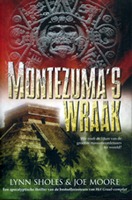 First, some breaking news to share–MONTEZUMA’S WRAAK, the Dutch version of my new thriller, THE PHOENIX APOSTLES (co-written with Lynn Sholes) was released on August 18 by my Netherlands publisher Karakter Uitgevers.B.V. Here’s a look at the cover.
First, some breaking news to share–MONTEZUMA’S WRAAK, the Dutch version of my new thriller, THE PHOENIX APOSTLES (co-written with Lynn Sholes) was released on August 18 by my Netherlands publisher Karakter Uitgevers.B.V. Here’s a look at the cover. James Patterson is a good example. Mr. Patterson signed a 17-book, $150m book deal in 2009 with Hachette. Teaming up with a number of co-authors, he placed 20 titles on Publishers Weekly’s year-end bestseller list. Those titles totaled 10m copies. In addition, he sold 750k ebooks. He’s also expanded into the YA market with great success.
James Patterson is a good example. Mr. Patterson signed a 17-book, $150m book deal in 2009 with Hachette. Teaming up with a number of co-authors, he placed 20 titles on Publishers Weekly’s year-end bestseller list. Those titles totaled 10m copies. In addition, he sold 750k ebooks. He’s also expanded into the YA market with great success.

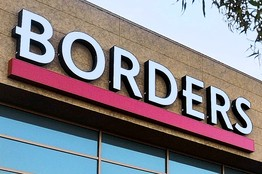
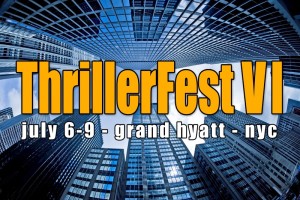
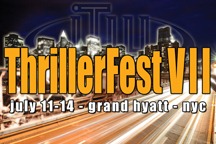
 addition to the 27 bestselling
addition to the 27 bestselling 